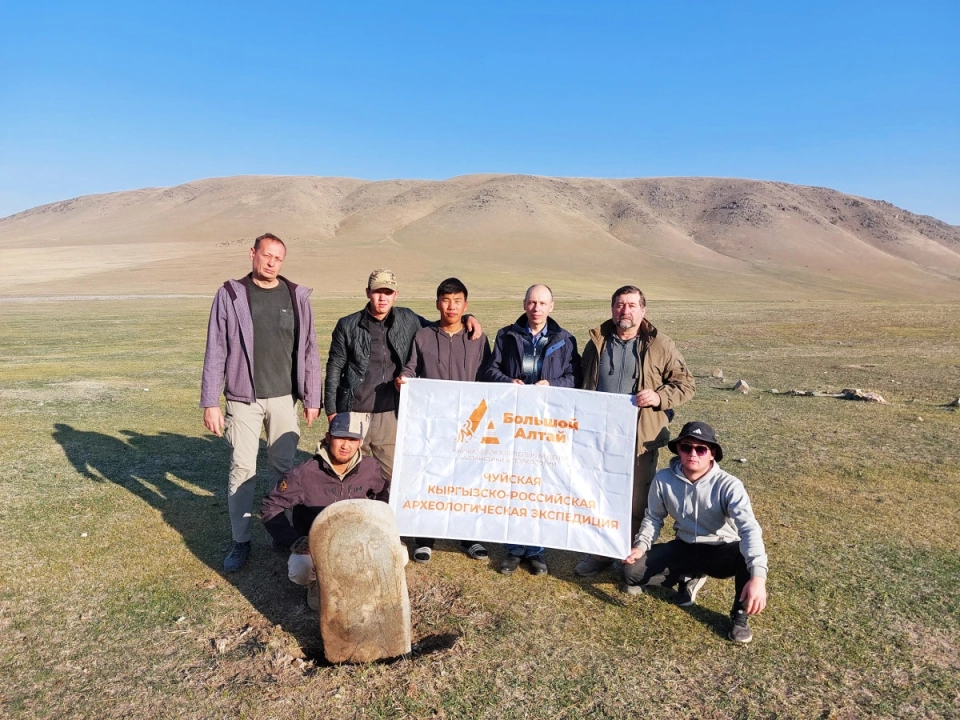
A group of archaeologists from the Scientific and Educational Center of Altaic Studies and...
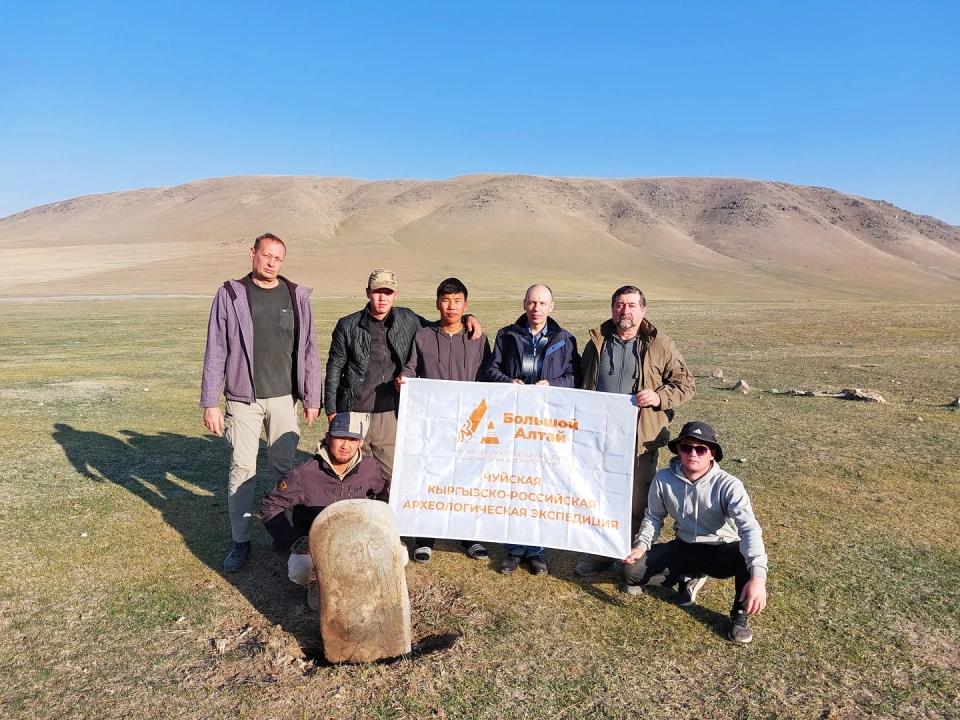
In Kyrgyzstan, archaeologists from the Center for Altaic Studies and Turkology "Great...
On October 25, the Chairman of the Cabinet of Ministers, Adylbek Kasymaliev, participated in a...

Yesterday, on September 16, archaeologists from the Kyrgyz-Turkish University "Manas"...

The Kyrgyz National University has turned 100 years old In Bishkek, the centenary of the Kyrgyz...
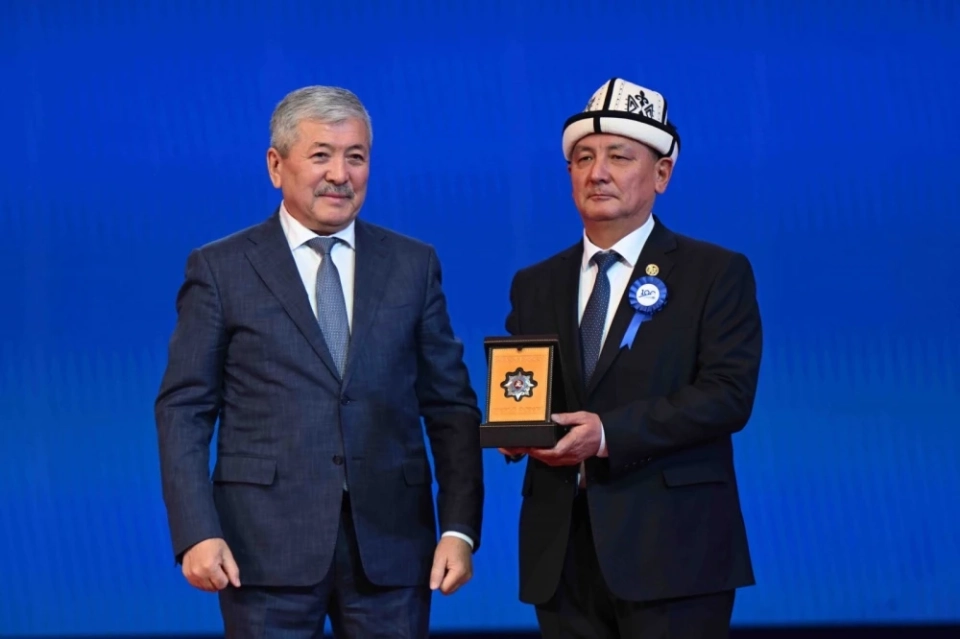
At the ceremonial event dedicated to the 100th anniversary of the Kyrgyz National University named...
The situation in one of the schools in the village of Kyzyl-Tuu has become the subject of an...
Employees of Osh State University conducted excavations at the Shut pasture, located in the rural...
Marlen Aibekovich Aibekov now heads the apparatus of the city hall of Kara-Balta. According to...

The land plots were illegally transferred from municipal ownership over 20 years ago In the Chuy...
- The State Committee for National Security (GKNB) has restored 226 hectares of agricultural land...
The II International Forum of Youth of the Turkic World was held at the Kyrgyz National University,...
The Order of "Manas" III degree was awarded to the Kyrgyz National University named after...
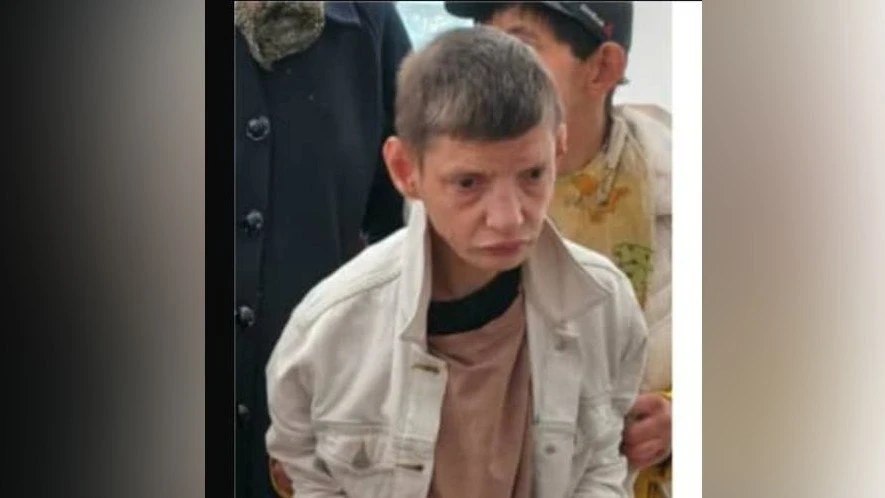
The body of Natalia Denisенко, a 45-year-old patient of the Jayil psychiatric hospital, was found...
In the village of Ber-Bulak in the Alamudun district of the Chui region, the construction of a new...
On October 28, the press service of the Main Internal Affairs Directorate of the Chui Region...
On October 26, the body of a patient from the psycho-neurological social hospital, who had been...
In the Chui region, a woman has been detained on charges of fraud for posing as a folk healer. This...
On Frunze Street in the town of Orlovka, Kemin District, Chui Region, work has begun on laying new...
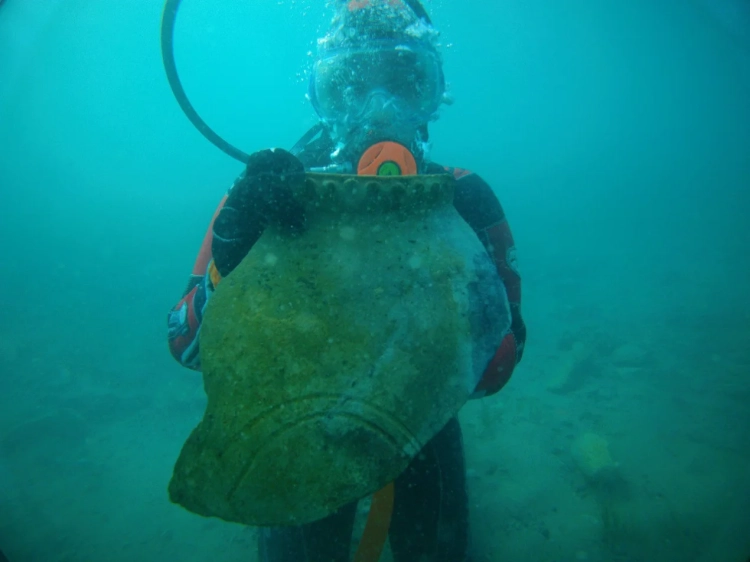
In this area, there used to be a settlement, but a powerful earthquake submerged it underwater, as...

Archaeologists have found the grave of the apostle Matthew at the bottom of Lake Issyk-Kul Diving...
The press service of the State Committee for National Security (GKNB) reported the return of 226...

The driver was under the influence of drugs Patrol officers in Bishkek discovered the driver who...
The III Forum of School Directors of Kyrgyzstan will be held in Bishkek, gathering more than 300...
As reported by the press service of the Main Internal Affairs Directorate of the Chuy Region, a...
On October 24, the press service of the State Committee for National Security (GKNB) reported the...

How Animals Paved the Great Silk Road “The ‘discoverers’ of the Great Silk Road were animals,” say...

National Clothing and Costumes of the Kyrgyz The formation and development of the national costume...

Archaeologists claim that the region of Pre-Issyk-Kul was inhabited by ancient humans during the...
A recent expedition consisting of geologists, ecologists, historians, and archaeologists visited...

The Republican Center for Health Promotion under the Ministry of Health of the Kyrgyz Republic...
In Kyrgyzstan, work is underway to analyze the progress of the project "Sustainable...
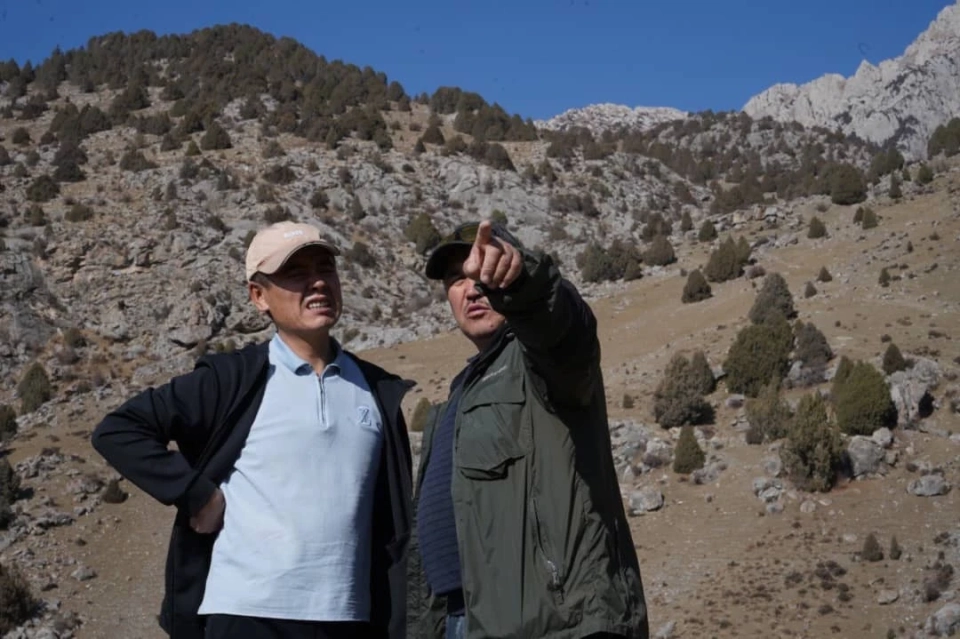
The scientific team of Osh State University conducted a research expedition to the Shut pasture in...
From November 5 to 8, the T. Abdumomunov Kyrgyz National Academic Drama Theater will host a...

Musakeev Temirbek Film artist. Painter. Honored Worker of Culture of the Kyrgyz Republic. Born on...

On March 13, a presentation of a photo exhibition dedicated to the 70th anniversary of the Great...
According to a study published in the journal Nature Ecology & Evolution, an international...

This year marks the conclusion of the cooperation project between Japan and Kyrgyzstan for the...
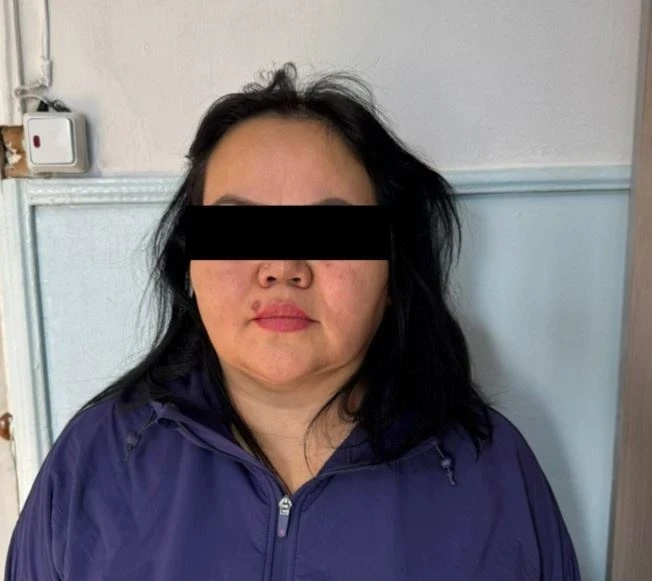
A woman was detained in Tokmok for posing as a "folk healer" and is suspected of fraud....

Altai Civilization in the Tian Shan On October 26, the two-day I International Congress-Exhibition...
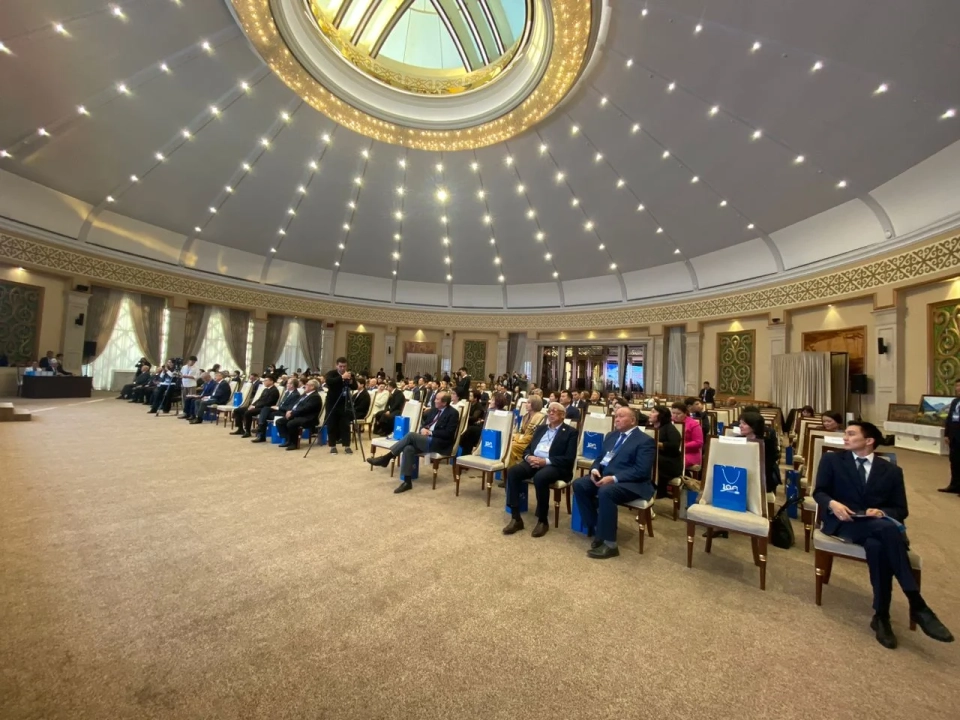
An international forum titled "National University - Support of the Nation" has started...
In the Chuy region, active construction of the Arashan – Chunkurchak road continues, as reported by...
An anonymous message from a girl has appeared on social networks in Kyrgyzstan, claiming that an...